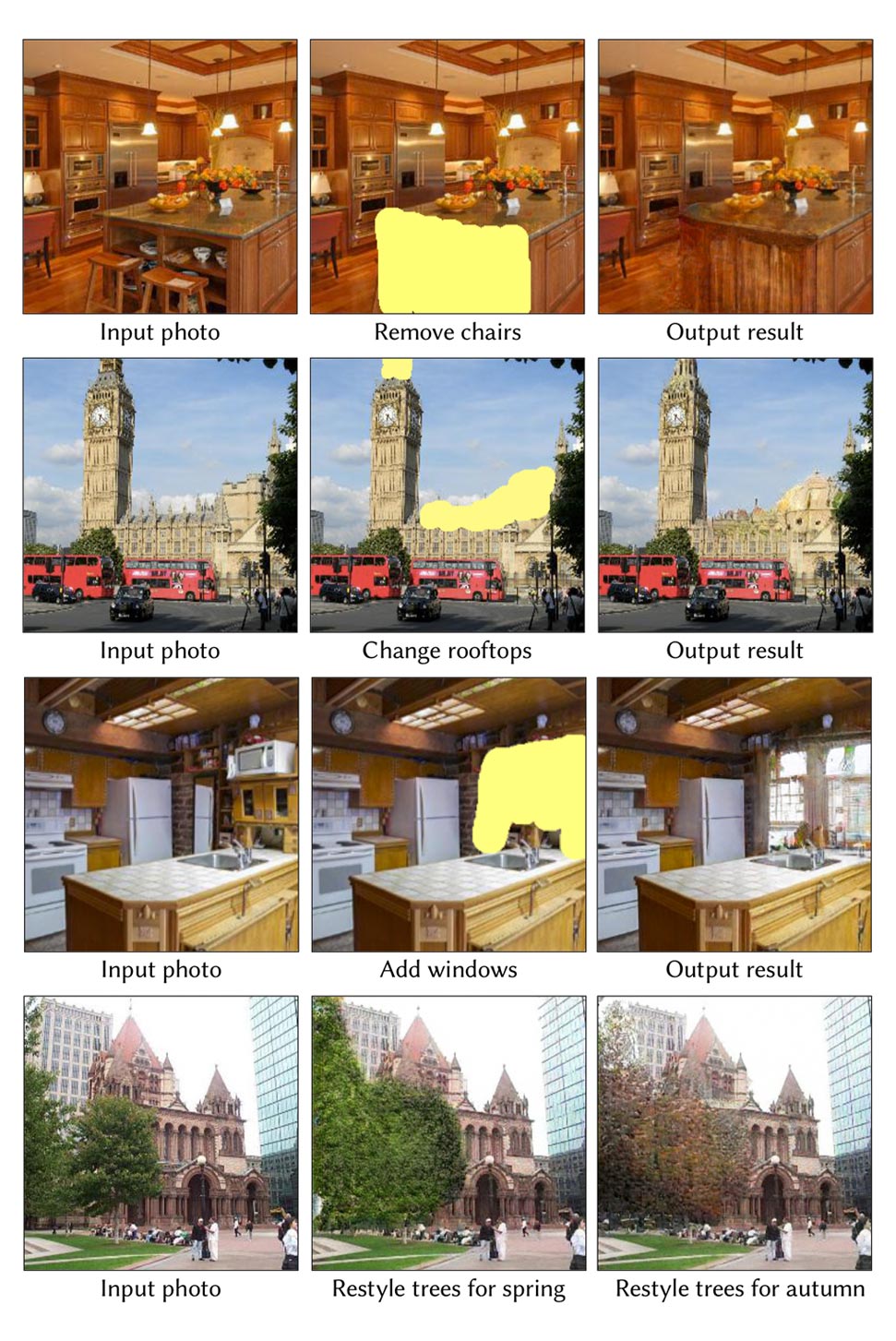
With the rise of Artificial Intelligence in many industries, it's difficult to see why ordinary people can't leverage the technology for their own purposes.
Usually, photo editing can be a burden. Not everyone is gifted and excel in the field of design and image manipulation. Even with powerful editing software like Adobe Photoshop, most people can still find it hard to tweak aspects inside a photo.
With AI, things should be easier, simply because the technology learns what it needs to do, in an 'inhuman' way of understanding.
This is why researchers from MIT have partnered with IBM to create an editing software with AI in mind, and showed it to the masses.
Using IBM's Watson AI, the tool allows even the least experienced people to edit photos with ease. Users can manipulate photos according to their needs, by adding, editing, or removing objects with nothing more than just a click of a mouse.
The tool is called 'GANPaint Studio'.
When using traditional editing software, users are required to deal with pixel differences, colors, shadows, and how they all should meet their new surrounding.
This GANPaint Studio allows users to easily edit objects to an existing picture, with the tool doing all the necessary tweaking.
Here, the AI can automatically merge in or out new objects, and make other objects rectify to the new surroundings.
This way, edited photos can retain their realistic 'untouched' characteristics.

As explained on the research paper, high-level attributes in natural photographs make image manipulating using GANs a challenging process.
First, it's difficult for GAN to precisely reproduce an input image. And second, after image manipulation, the newly synthesized pixels often do not fit the original image.
The researchers addressed these issues by adapting the image, prior being learned by GANs to "image statistics of an individual image."
To create this GANPaint Studio, the researchers tested it by removing certain objects in a scene.
After observing how other objects in the picture were affected, the researchers compiled and analyzed this data to train an algorithm, which makes the AI capable of generating realistic modification to images when an object is added or removed.
Using GAN which is a two-part network, the researchers trained the first agent to create samples of realistic photos, to then use the second agent to identify the differences between generated and real-life pictures.
Each and every result generated from the discriminator is used to modify the generator model to make it better at creating realistic images.
Here is how the tool works, in a YouTube video uploaded by Hendrik Strobelt, one of the researchers:
This GAN method allows the AI to improve by themselves, with the more time they learn. And when using the tool. each brush activates a set of neurons in that GAN.
The researchers of this project acknowledge that the tool can be used for malicious purposes.
Using GANPaint Studio, anyone can manipulate photos to deceive others. However, the paper’s co-author Jun-Yan Zhu believes that the tool can help researchers understand what kind of mistakes AIs make when editing images.
With the knowledge, the researchers believe that they can help curb fake images.
According to Antonio Torralba, a professor at MIT who’s part of the MIT-IBM Watson AI lab, the core technology used is GAN (Generative Adversarial Network).
Initially, the tool can only draw or remove certain types of objects, which include tree, grass, door, sky, cloud, brick and dome. And in many cases if users don't appropriately apply the change, the resulting image can sometimes look like it has been 'smudged'.
